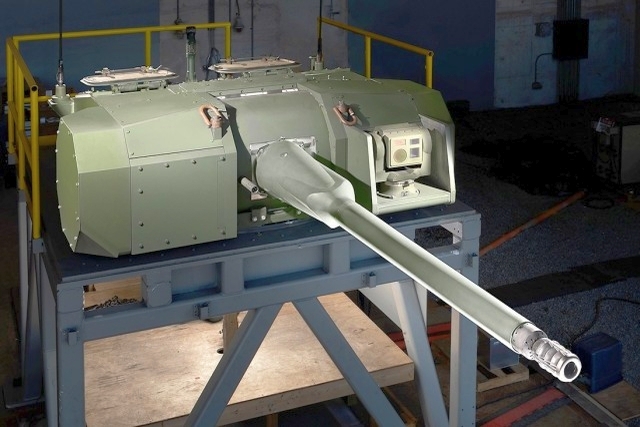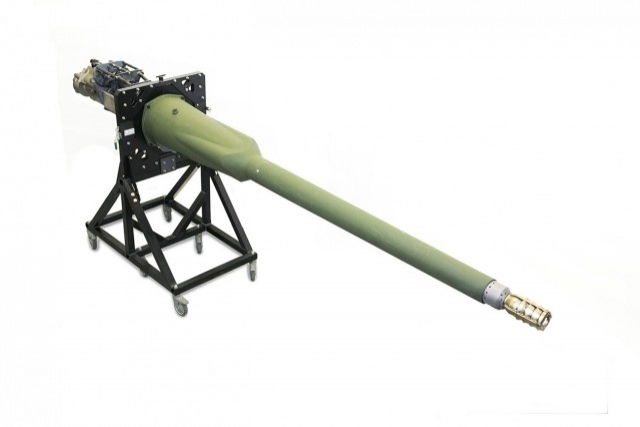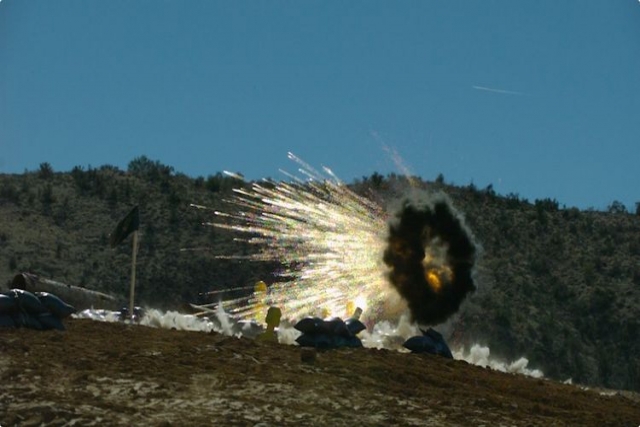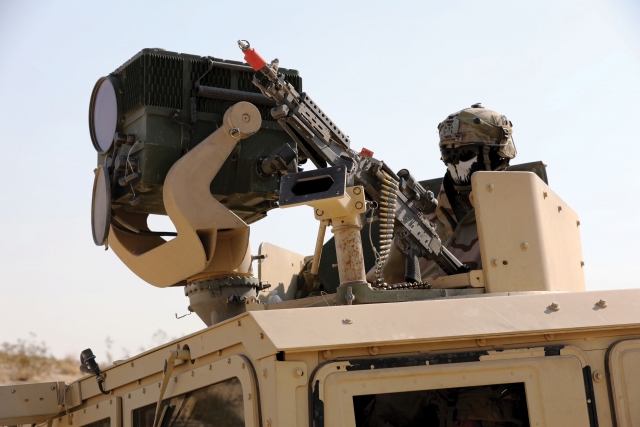US Army Engineers Develop Lethal Combat Vehicle Armament System

Engineers at the US Army’s Picatinny Arsenal have progressed in developing a combat vehicle armament system that integrates a medium caliber gun, ammunition, fire control, and sensors to engage targets faster and with greater accuracy.
The Advanced Lethality and Accuracy System for Medium Caliber (ALAS-MC) is expected to provide superior medium caliber weapon system performance and lethality as compared to currently fielded systems worldwide, an article in a US Army publication said.
Key features of the system include a high explosive airburst munition against personnel targets including behind walls; an armor piercing munition against materiel targets; integrated fire control enhancements; graphical user interface and enhanced laser rangefinder. Integrated into the design are the 50mm auto cannon, known as the XM913, capable of firing both XM1204 High Explosive Airburst with Trace (HEAB-T), and XM1203 Armor Piercing Fin Stabilized Discarding Sabot with Trace (APFSDS-T) munitions.
The HEAB-T and APFSDS-T cartridges were designed and developed by Picatinny engineers and manufactured by General Dynamics Ordnance and Tactical Systems.
“The system is designed to demonstrate a decisive lethal punch that enables gunners to make the right firing decision quicker, with greater accuracy, at farther distances. We anticipate that overall gunner operations could be as much as three times faster,” said Kevin Fitzpatrick, project officer for the new system.
“These technologies, coupled with an advanced fire control system, optimize the system’s lethality to maximize the number of stowed kills,” said Robert Tani, Ground Combat Development Team Lead, Medium and Cannon Caliber Munitions Division. Stowed kills is a general term for the estimated amount of kills or damage the ammunition stowed on the vehicle can achieve. The XM913 weapon developed in partnership with Northrop Grumman Defense Systems improves upon traditional chain gun technology. New design improvements will enhance the weapon’s precision and accuracy.
Picatinny engineers believe that in the future, the HEAB-T will most likely be the standard ammunition, replacing the High Explosive (HE) ammunition in service today that relies solely on a point detonating fuze capability. In contrast, the ALAS-MC HEAB-T uses a fuze that introduces a multimode programmable capability. This flexibility will enable settings of point detonate (PD), point detonate delay (PDD), and Airburst (AB), creating a fundamental change to how the warfighter conducts enemy engagements.

Today, a gunner uses high explosive rounds fired from the 25mm M242, and has to shoot rounds into each target. With the HEAB-T, the gunner can depart from this type of engagement. By using airburst mode, the round will be programmed with range to the target--and other important factors--for maximum lethal effect with an order of magnitude fewer shots.
“Because of the increased complexity necessary to employ HEAB-T, efforts were focused on developing a much more advanced fire control system, which will enable optimized use of HEAB-T rounds,” said Adam Winters, Program Engineer, Armored Vehicle and Aviation Fire Control Systems.
The ALAS-MC fire control combines sensor data and a scenario based engagement capability. As part of the scenario based fire control capability, the advance graphical user interface allows the gunner to select from a set of target icons that match common threats. “Based on the lethal footprint of the round, the fire control is able to automatically select the optimal number of rounds and most effective aim point for each target,” Winters said.
“When considering the potential target sets, ranges, and the lethal effectiveness required to meet future needs, the ALAS-MC team began ground up development of the future 50mm armament system with the intent to provide the warfighter with overmatch and a distinct advantage on the future battlefield,” said Fitzpatrick.












